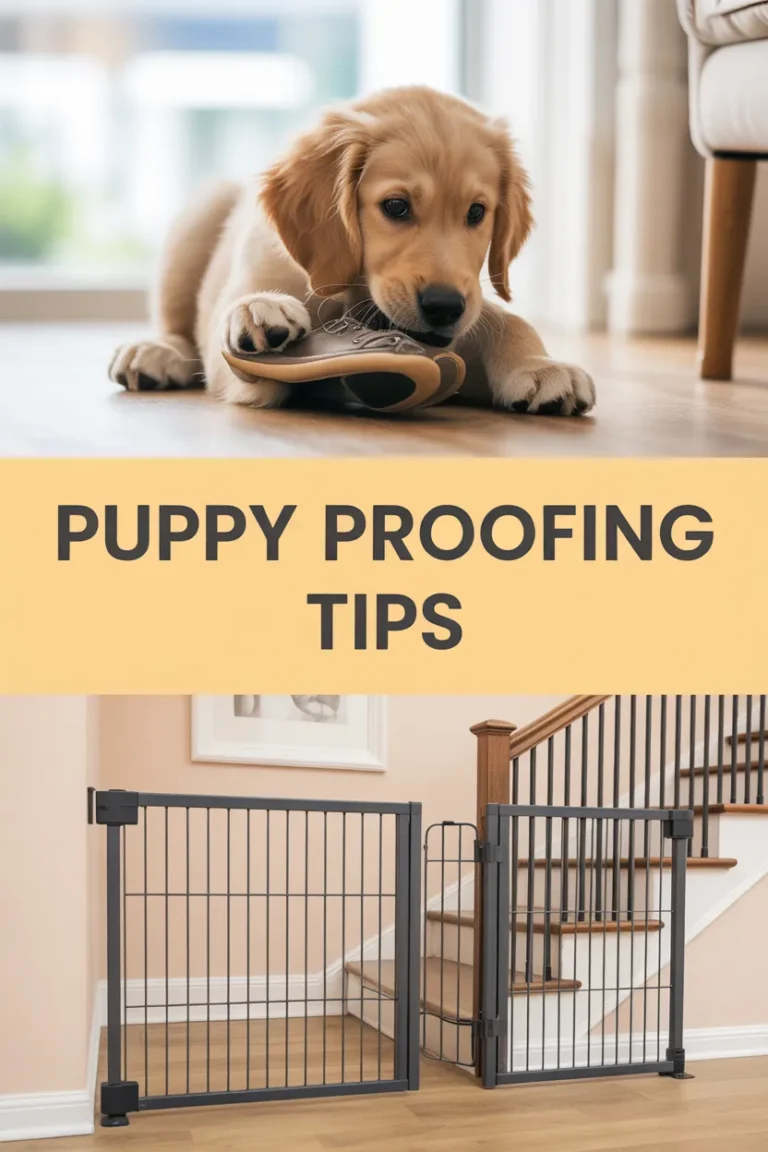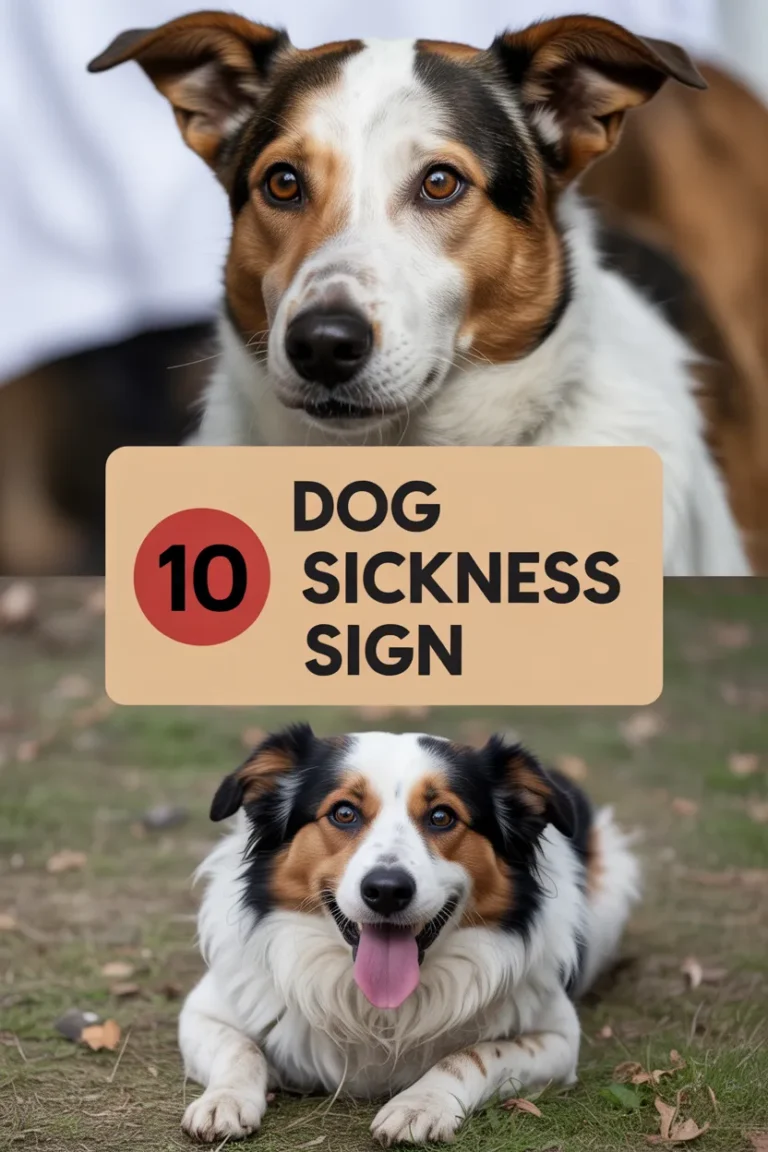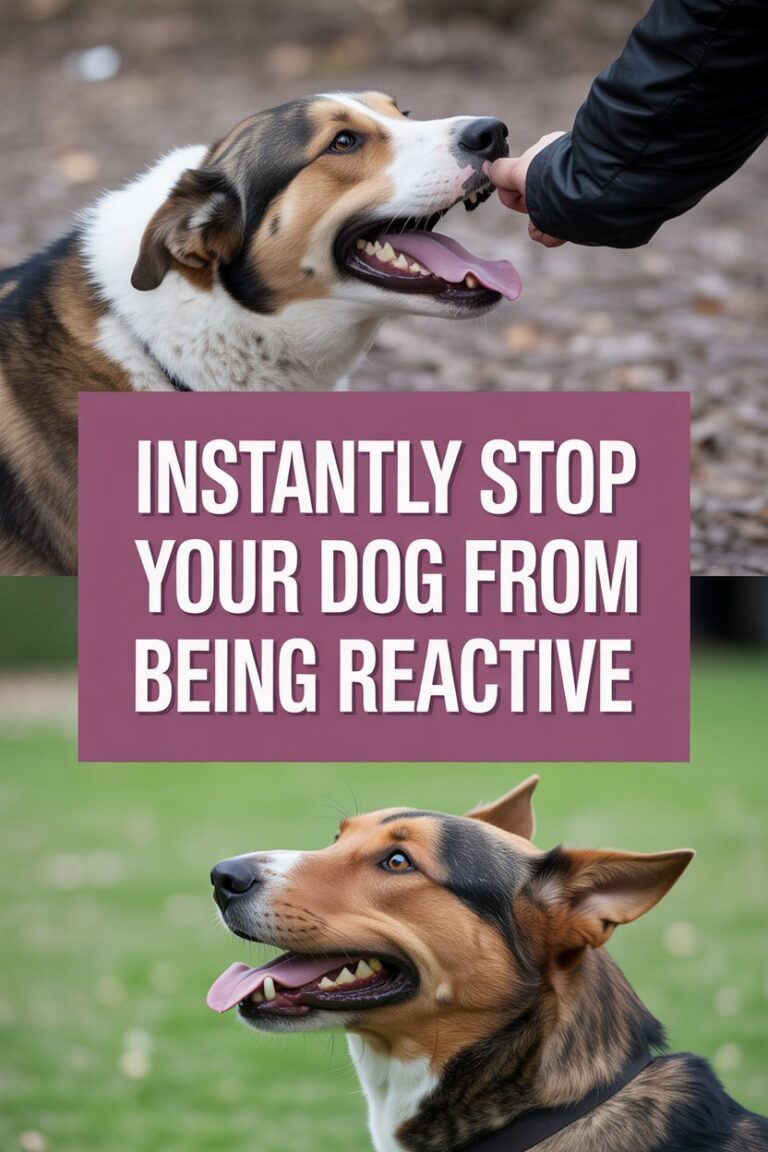Dog Whining: Why It Happens and How to Calm Your Pup

Whining is one of the most common ways dogs communicate with us. Sometimes it’s cute, other times it can feel overwhelming — especially when you don’t know what your pup is trying to say. If you’ve been dealing with dog whining, the good news is that it almost always has a reason. And with a little patience and understanding, you can figure out the cause and help your pup feel better.
I’ll never forget when my dog whined nonstop the first week I brought him home. At first, I thought he was just being dramatic — but it turned out he was anxious in a new environment. Once I provided comfort and routine, the whining stopped.
Here’s what you need to know about dog whining and how to manage it.

1. Communication and Attention-Seeking
One of the most common reasons for dog whining is simply communication. Dogs may whine when they want attention, food, playtime, or just to be near you.
💡 Tip: Make sure to meet their needs but avoid rewarding excessive whining, or they may learn it gets them whatever they want.
2. Stress and Anxiety
Stress is another major cause of dog whining. Common triggers include:
- Being left alone (separation anxiety)
- Loud noises (fireworks, thunderstorms)
- New environments or changes in routine
💡 Tip: Provide a safe, quiet space, calming aids, or gradual desensitization training to ease anxiety.
3. Pain or Discomfort
Sometimes, dog whining signals that your pup is in pain or feeling unwell. Dogs may whine if they have an injury, digestive upset, or other health issue.
💡 Tip: If the whining seems unusual or persistent, consult your vet to rule out medical problems.

4. Excitement
Not all dog whining is negative. Many dogs whine when they’re excited — like greeting you at the door or anticipating a walk.
💡 Tip: Keep greetings calm, and reward relaxed behavior instead of reinforcing hyperactivity.
5. Appeasement Behavior
Dogs sometimes whine as a way of showing submission or appeasement, especially when they feel unsure. This is common in puppies or shy dogs.
💡 Tip: Build their confidence with positive reinforcement and safe socialization.
6. Boredom
A bored dog often turns to vocalization, including whining, to express frustration.
💡 Tip: Daily exercise, puzzle toys, and training sessions are great ways to beat boredom and reduce whining.
7. Learned Behavior
If whining has worked in the past (for treats, play, or attention), dogs may continue using it as a strategy.
💡 Tip: Ignore unnecessary whining, but reward calm, quiet behavior to shift the pattern.
8. Aging and Cognitive Decline
Senior dogs may whine more due to confusion, discomfort, or canine cognitive dysfunction (doggy dementia).
💡 Tip: Provide comfort, stick to routines, and consult your vet for supportive care.
How to Stop Excessive Dog Whining
- Stay Calm: Don’t respond emotionally, or it may reinforce the behavior.
- Identify the Cause: Figure out if it’s stress, boredom, or a medical issue.
- Provide Comfort and Training: Meet your dog’s needs, but train them to use calm behavior for rewards.
- Seek Professional Help: If whining persists despite efforts, consult a trainer or veterinarian.

Final Thoughts
Dog whining is your pup’s way of speaking to you. Whether it’s excitement, stress, or discomfort, there’s always a reason behind the sound. With patience, empathy, and consistency, you can address the cause and guide your dog toward calmer communication.
At the end of the day, whining isn’t just noise — it’s your dog saying, “I need you.” And responding with love and understanding will strengthen the bond you share. 🐶❤️






